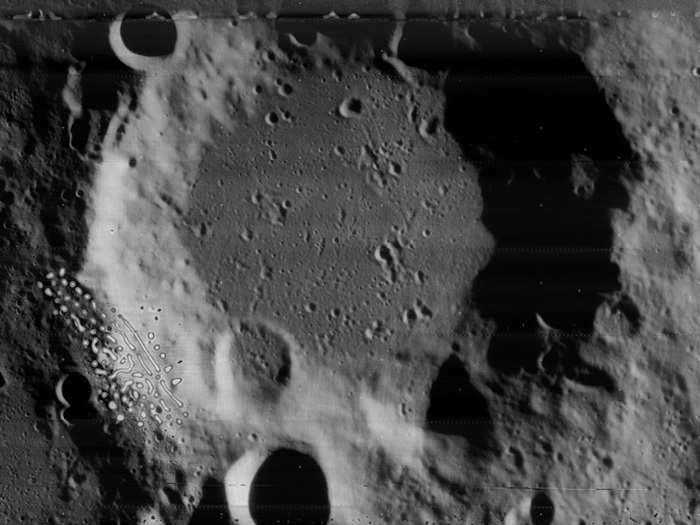
The lander is aiming for the high plan between the two craters about 70 degrees South on the Moon.

This is the will the first phase of Chandrayaan 2’s soft landing on the Moon. It is called the rough breaking phase. Vikram will have all four of its 800N liquid thruster engines on.

The orbiter will be coordinating with the lander’s Laser Altimeter (LASA), which can detect the topography of the lunar surface.

Vikram will switch over the absolute navigation phase. During this time it will also switch on its Kurtz above (KA) Band Altimeter 1,the Lander Position Detection Camera (LPDC) and LASA to find a clean space to set down.

At around 400 meters from the lunar surface, Vikram will shut down two of its engines in the hovering stage. It will also switch to LASA, KA Band Altimeter 2, and the Lander Horizontal Velocity Camera (LHVC).

If all goes well, the ISRO will land Vikram on its primary landing site. It will attempt a parabolic descent at a height of 10 meters with only its central engine on. If the primary landing site is deemed unfit, ISRO has a backup site located around 1.6 kilometers away.

From 10 meters, it will take Vikram 13 seconds to touchdown.

Once Vikram successfully lands on the moon, it will deploy its payload — CHASTE, RAMBHA and ILSA. In another four hours, around 5:30am, it will deploy Chandrayaan 2’s rover — Pragyaan — to roam free on the Moon’s South Pole.
 8 seeds that boost your brain health
8 seeds that boost your brain health
 India to witness a rare and mesmerising DOUBLE meteor shower on July 30!
India to witness a rare and mesmerising DOUBLE meteor shower on July 30!
 Apple to manufacture iPhone 16 Pro models in India soon after launch
Apple to manufacture iPhone 16 Pro models in India soon after launch

Copyright © 2024. Times Internet Limited. All rights reserved.For reprint rights. Times Syndication Service.